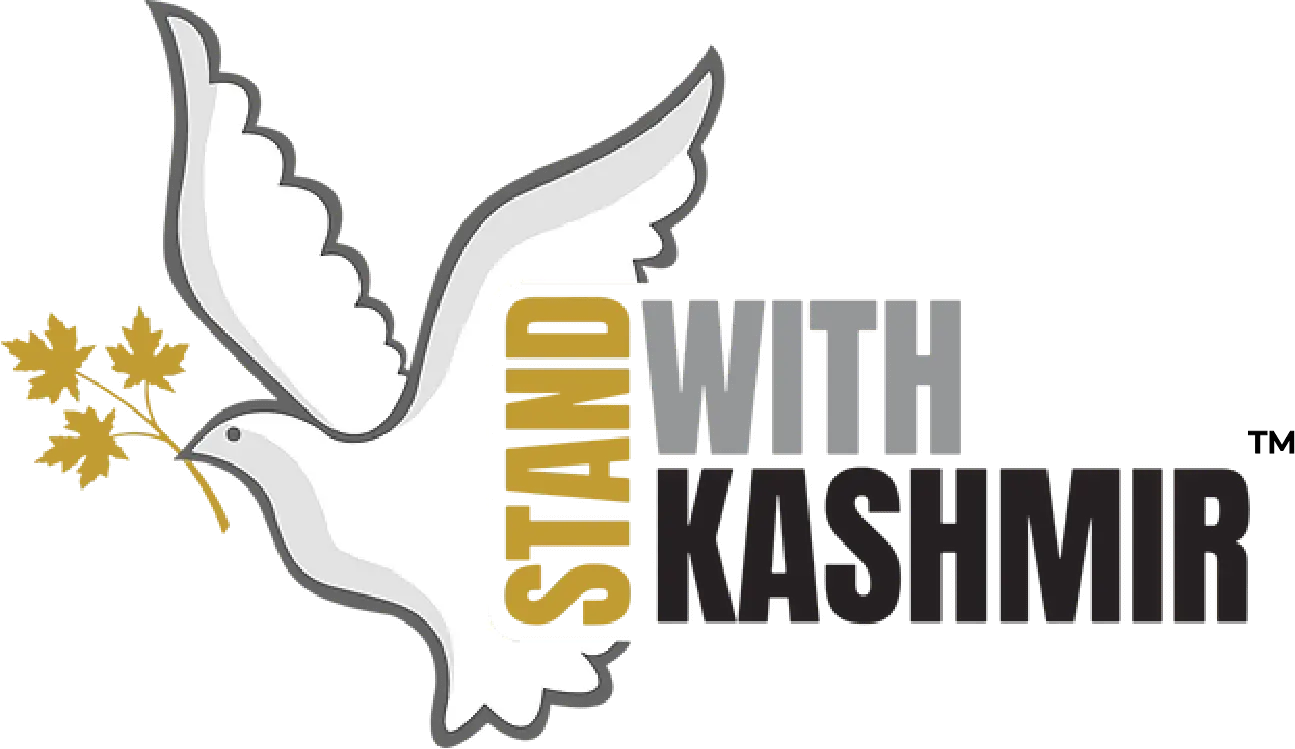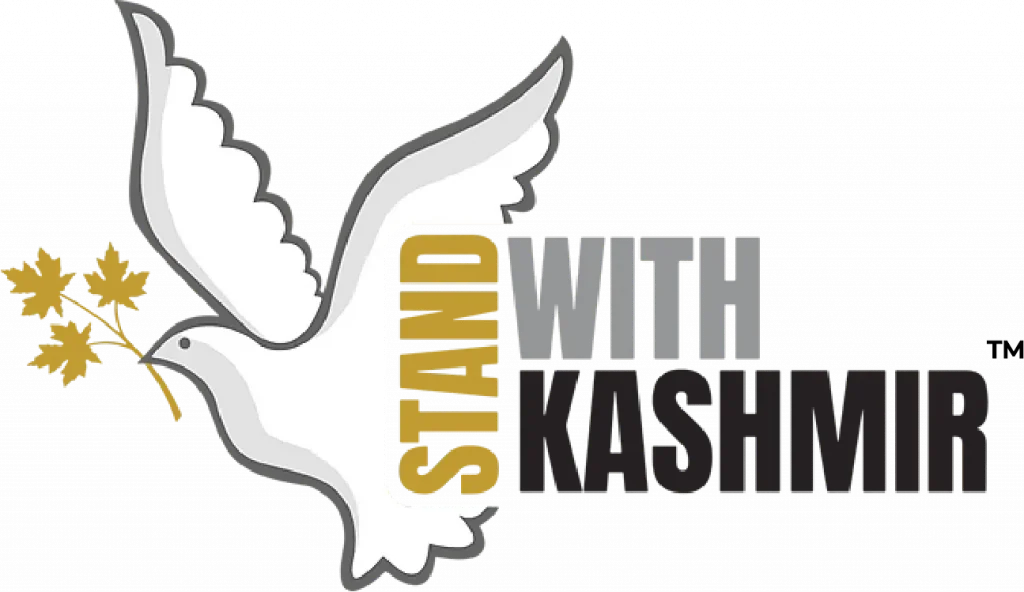Kashmiri families have been resisting the Indian occupation for three generations: Here’s my family’s story.
Sehla Ashai shares a family history that depicts how the International Day of Resistance came to be.
On a recent Sunday evening, I flew from my home in Texas to Washington, D.C., where I was slated to speak to congressional staffers about the current human rights crisis in Indian Occupied Kashmir. My parents who live in Maryland joined me as guests at the briefing, so that we might have a chance to see each other.
As my co-panelists and I did our best to convey the gravity of the current siege in Kashmir and the scale of India’s repression, my mother began to cry.
She cried, not because she was listening to us recite the horrors unfolding in her homeland, but because my mother realized she was watching her adult daughter, herself a mother of two, resist the same occupation that cast an uncertain and violent shadow over her own youth in Kashmir more than 60 years ago.

Ghulam Ahmad Ashai
My mother spent most of her childhood at her matamaal(her mother’s family’s home), where her maternal aunts and grandmother cared for her. Her grandfather, Ghulam Ahmad Ashai, was a renowned educationist and scion of a wealthy trading family. Born in 1895, he is said to have been the first Kashmiri Muslim to receive a post graduate degree, and he served in teaching/academic roles until forced into early retirement at the young age of 35.
My mother always spoke fondly of her grandfather, whom she remembered as austere and exacting, but who also saw dignity in labor, and sought to instill humility and a strong work ethic in his children and grandchildren.
From a young age, I heard stories about GA Ashai’s political activism and leadership, a source of pride for our family. Around 1930, he became president of an association called “The Reading Room Party”, comprised of young Kashmiri Muslim men who returned from completing their studies outside of Kashmir, only to find a lack of employment due to religious discrimination by the ruling Hindu Dogra Maharajah. These young men and many others organized meetings to glean lessons from revolutionary movements around the world. They strategized about ameliorating the condition of Kashmiri Muslims, a majority of the population, who nevertheless formed the foundational underclass of that society. Arising out of this salon and others, the Quit Kashmir movement was born.
Historians mark the official start of the Quit Kashmir movement as July 13, 1930, when Dogra soldiers fired indiscriminately at protesters who had assembled to challenge the Maharajah’s oppression and religious discrimination, killing 24 people. This day is commemorated by Kashmiris as Martyrs’ Day, when we remember the beginnings of our people’s movement for freedom from oppression. Commemorated every year in Kashmir, Martyrs’ Day occurred long before the name “Pakistan” was ever floated as an acronym, let alone a political concept.
The Quit Kashmir activists’ dream of a free Kashmir was not to be, and after the creation of India and Pakistan, on October 27, 1947, the Maharajah invited the Indian Army into Kashmir as an occupying force, to protect his dominion over his unwilling subjects. This marked a new chapter of suffering in Kashmir’s history, and had a devastating impact on GA Ashai and his descendants.
The partition separated him from several of his beloved children, who were now exiled in Pakistan. There was no freedom of movement across the newly created border, and because telegrams were monitored and censored, they could not communicate openly and resorted to using code. My great-grandmother used to listen to the radio wistfully and pine for her children in Pakistan, asking “When will they open the road [connecting Muzaffarabad to Srinagar]?” The loss devastated them, and the sadness that permeated their home was apparent to anyone who entered.
By 1953, GA Ashai had been jailed for advocating for a plebiscite under the same draconian laws that persist in other forms today in Kashmir. His son, my great uncle, became a prominent activist against the occupation in the 1960s and 70s, and was imprisoned and tortured. As a child, I listened with horror to stories of his escape from jail or how he lost his faculty of speech after a particularly brutal interrogation. Other uncles and cousins in my parents’ and grandparents’ generations raised their voices against the occupation, and were met with arbitrary detentions, torture, and extra-judicial killing. Three wars have been fought over Kashmir, but none have brought peace.
While many have written wistfully about a more peaceful time in Kashmir, the truth is that such a time never existed for the majority of Kashmiris. The insurgency that occurred in the 1990s did not mark the end of a golden age. Instead, it was just another eruption of the people’s resistance to India’s grinding project of dispossession.
Now, the telecommunications shutdown and the escalation of the military occupation, under the direction of a far right-wing Hindu nationalist government shows us that the more things change, the more they stay the same. Kashmiris are not only trapped in their homes, but also in a never-ending loop of oppression that passes trauma down from one generation to another.
With this family history in her heart, I understand my mother’s tears that day.
Today, we commemorate the day Kashmir’s occupation began, and we pray for the day that it ends.

©2025 StandWithKashmir All rights reserved. SWK is a 501(c)(3) non-for-profit organization.


Leave a Reply